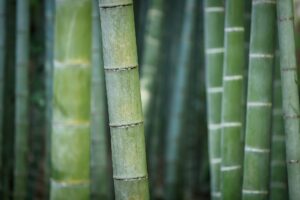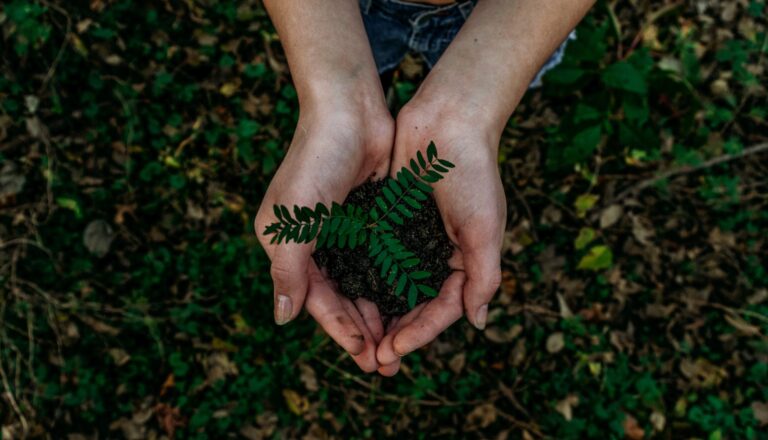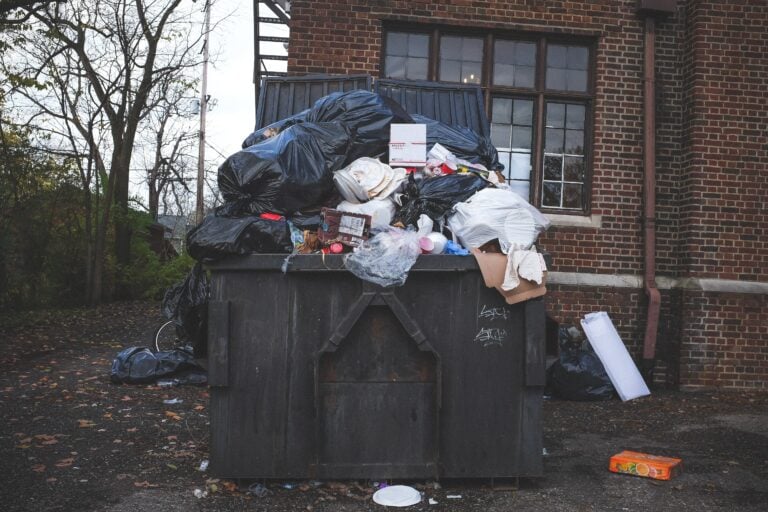The Best Sustainable Materials To Build Your New Home
 More people are choosing to build their own homes instead of buying existing properties. There are several reasons for this, with some wanting to have total control over the layout and design of their home, while others simply want to have a fresh and new abode that reflects their personality. But did you know that building properties has a negative impact on the environment?
More people are choosing to build their own homes instead of buying existing properties. There are several reasons for this, with some wanting to have total control over the layout and design of their home, while others simply want to have a fresh and new abode that reflects their personality. But did you know that building properties has a negative impact on the environment?
According to studies, construction is responsible for about 50% of climate change. Seeking sustainable ways to build properties is a must to reduce carbon footprint, and one effective way to do that is by choosing eco-friendly materials to build a home. If you’re planning to construct a new home this year, consider these environmentally-friendly materials that won’t create a huge dent on your construction budget.
Bamboo
Building materials that eco-conscious homebuyers choose are plentiful, strong, and can be purchased at reasonable prices. Bamboo is one such material that fits all of the aforementioned criteria. This plant that’s native to tropical regions grows in an area of almost 40 million hectares worldwide, and it’s one of the fastest growing plants in the world. Because it grows so quickly, it’s considered as a renewable resource by many builders. Bamboo also doesn’t need a lot of water, nor does it need fertilizers to thrive. And, since it’s strong, flexible, and sturdy, it makes an excellent material for building and interior design purposes.
Typically, homeowners like to use bamboo as fencing material or as a privacy screen since it gives backyards a natural and spa-like feel. However, it can be cut and laminated into planks and used as flooring, or it can be used with clay tiles to create a strong and sustainable roof. If you’d like to use mostly bamboo to construct your home, consider a Japanese architectural style or a Modern Zen style to build your house. You may also choose to have a modern bamboo hut, but this house style is only recommended if you live in a tropical region.
Reclaimed Lumber
Instead of using new timber, consider using reclaimed lumber to build your new house. Reclaimed lumber is wood salvaged from old houses, factories, and retired ships, and it has a rustic aesthetic that’s very much in-demand today. Using reclaimed lumber not only reduces the impact of deforestation, but it also gives homes a unique charm and personality. It’s also stronger and more durable than new timber, which makes it ideal for home construction and renovation projects. A modern way to use reclaimed wood is to have it in your exteriors, and mix it up with other materials, such as stone. You can also use it for ceiling beams or to create a wood ceiling, as an accent beam, flooring, or as a kitchen counter.
Antique Bricks
Bricks are sustainable building materials since they last a long time, and they don’t rust, erode, or decay. They also have the ability to retain heat from the sun, making them ideal for building homes in places with cold climates. Bricks can also prevent building from overheating, making them good to use in tropical regions too. Using antique or reclaimed bricks can give your new home a historical touch, especially if you use a painting technique to make them look very old. You can use old or reclaimed bricks to build accent walls, pavers for walkways, or as foundation coverings to make your home more attractive.
Precast Concrete
To ensure that a home lasts for a long time, it must have a strong foundation made of concrete. However, it’s a well-known fact that concrete production is known to be bad for the environment since it uses up a lot of water and causes air pollution. Thankfully, precast concrete is a lot better for the planet since it’s made in the factory, and it has a low water-to-cement ratio. It’s also extremely durable and lasts for years, and it doesn’t emit toxic fumes. Precast concrete can be used to make floor slabs and building foundations, as well as walls for your new home.
Make your new home more eco-friendly from the start by choosing sustainable building materials. Consider these materials for your property, and remember to add other environmentally-friendly home features, such as solar panels, energy-efficient lights, and the like for a truly sustainable home.


